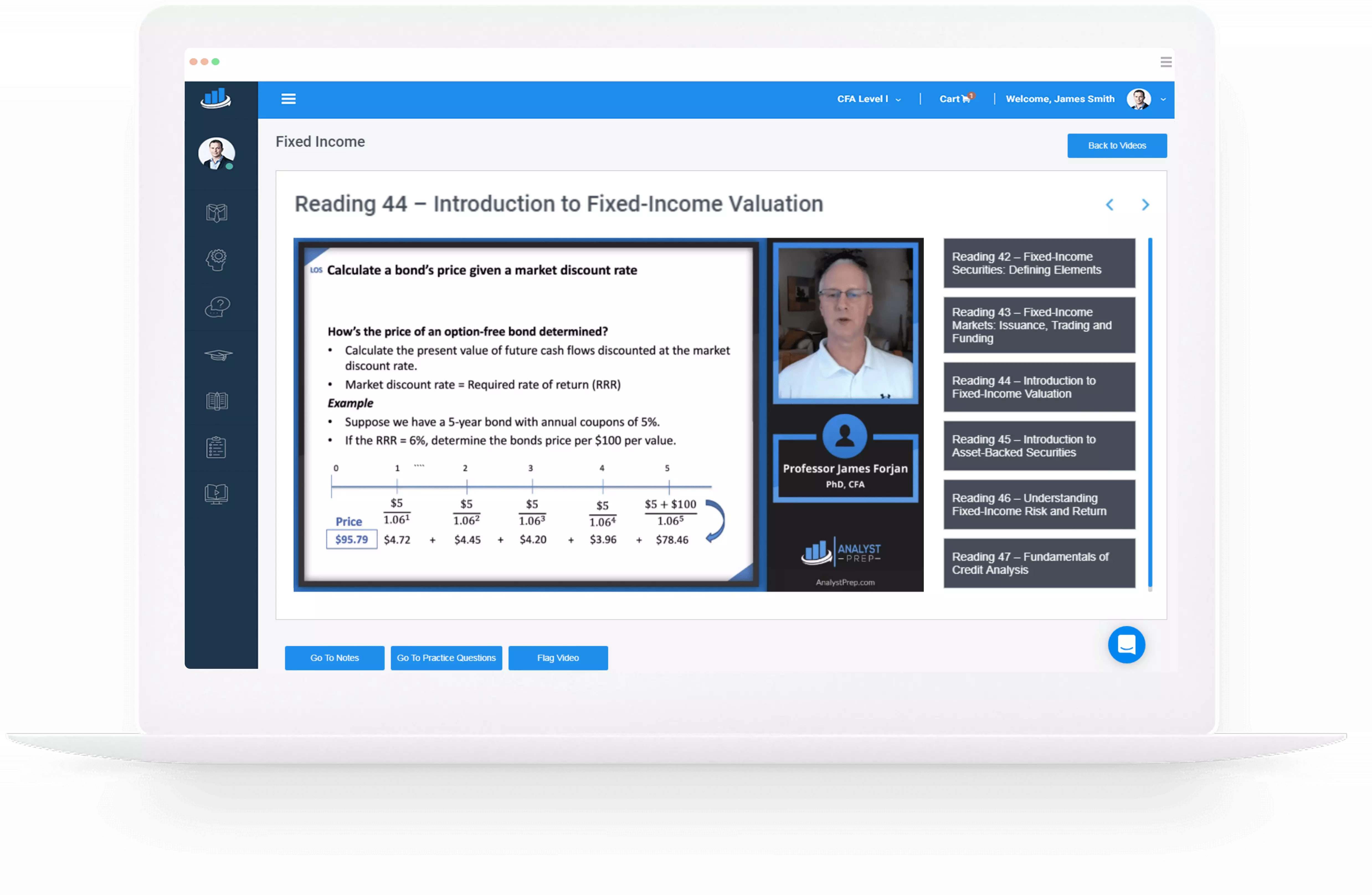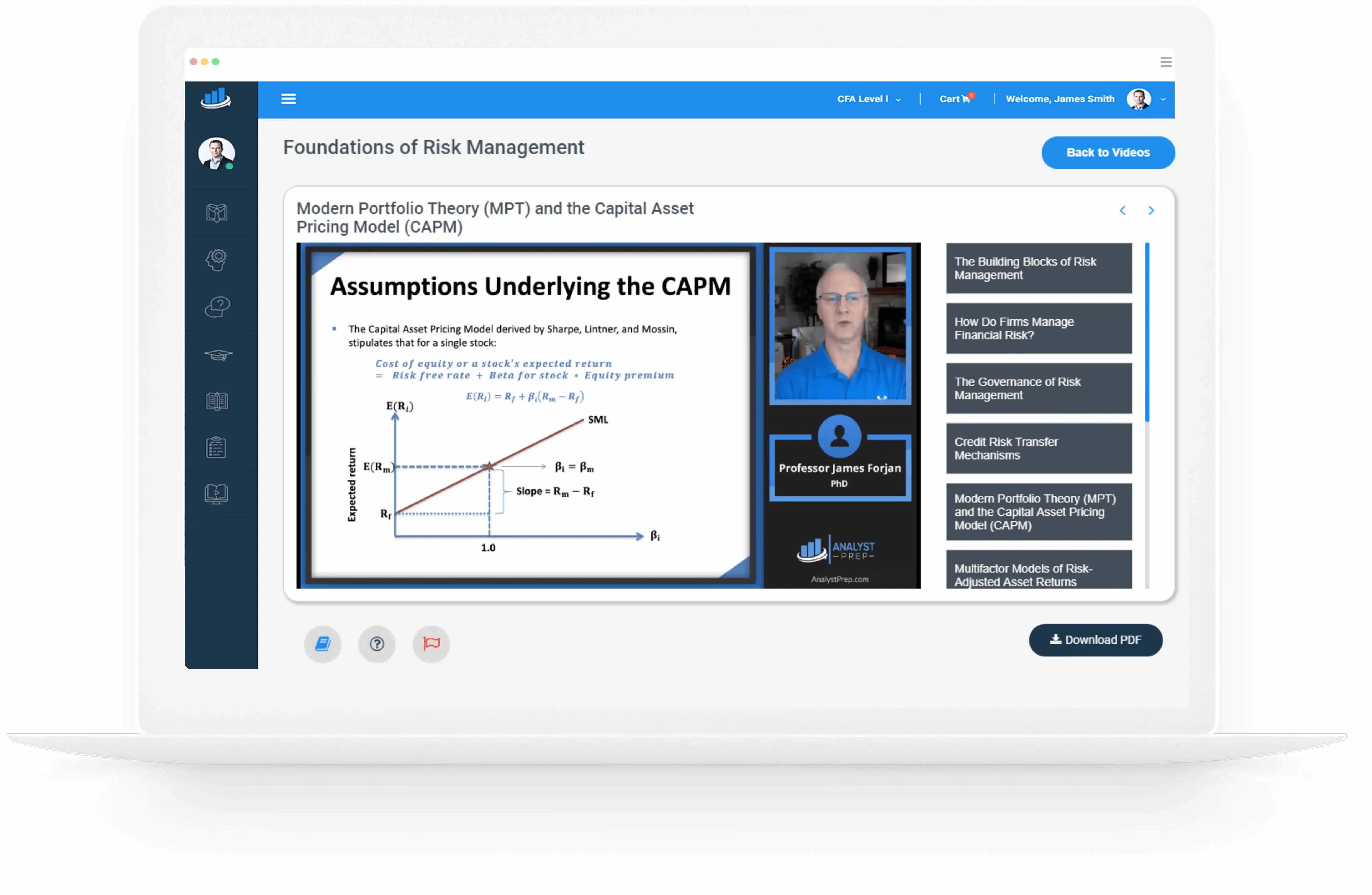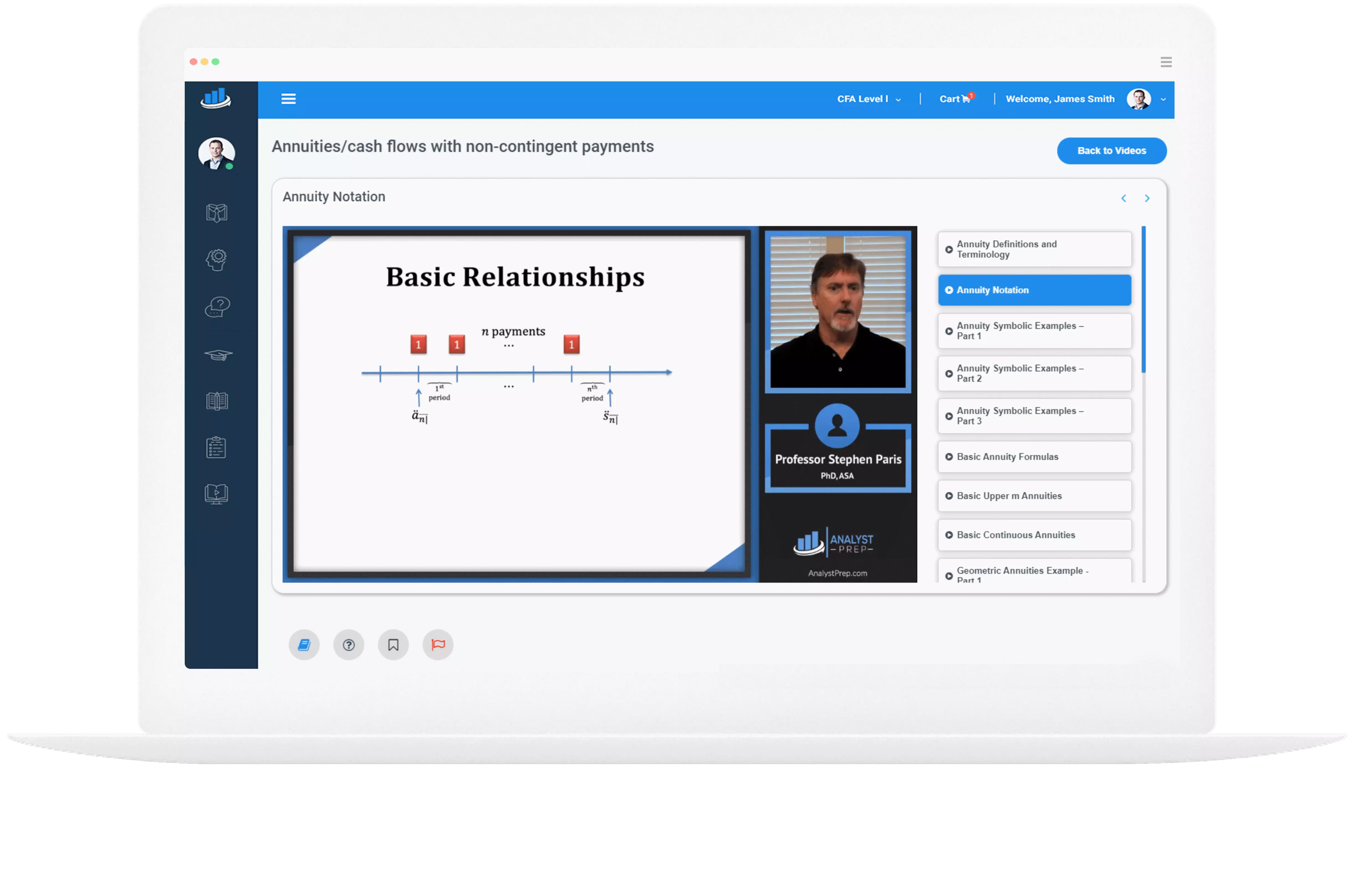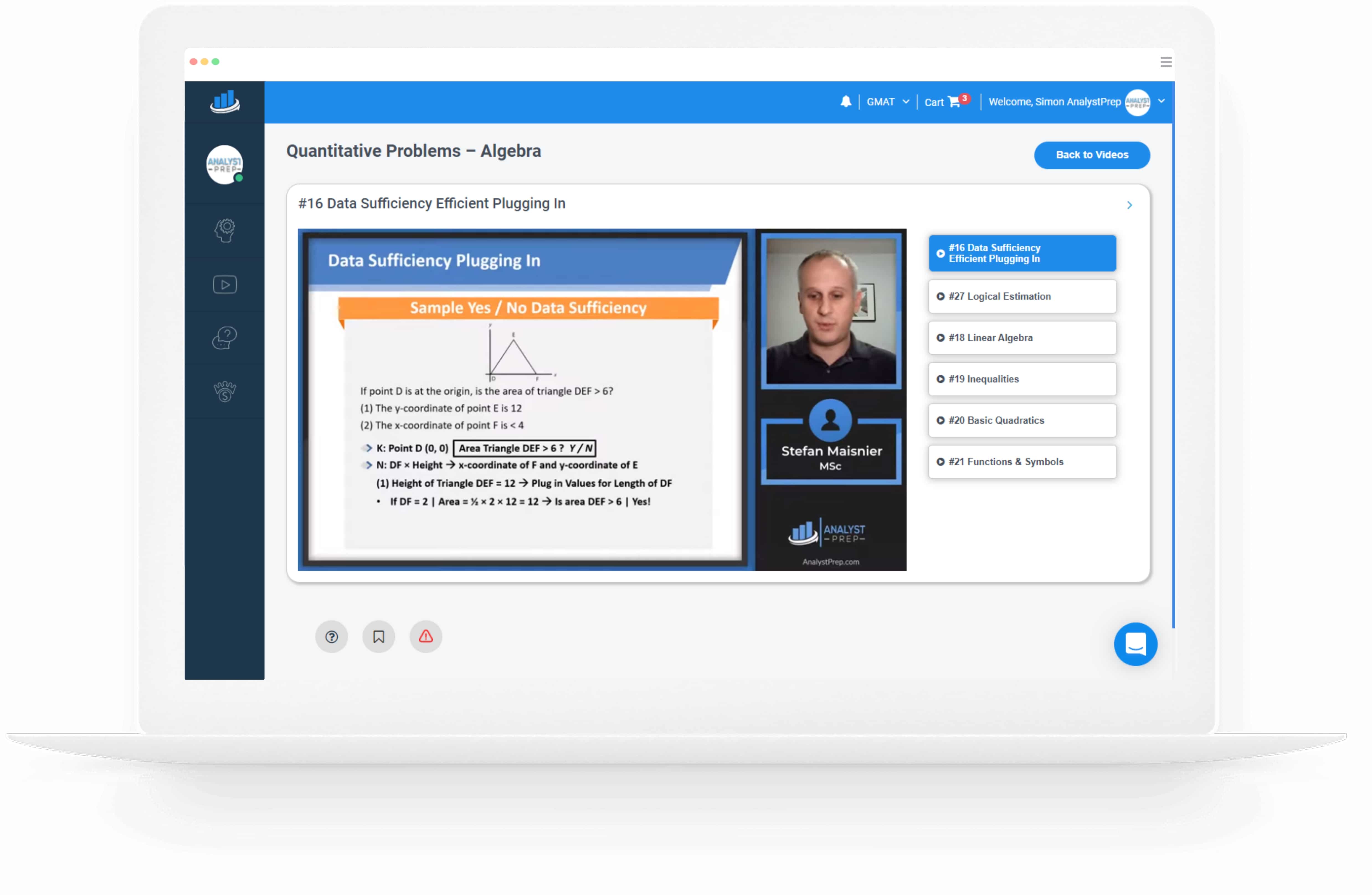Predicting Fraud by Investment Managers
After completing this reading, one should be able to: Explain the use and effectiveness of information disclosed by investment advisors in fraud prediction. Discuss the barriers and the costs incurred in implementing fraud prediction methods. Discuss ways to improve the…
Credit Value Adjustment (CVA)
After completing this reading, you should be able to: Explain the motivation for and the challenges of pricing counterparty risk. Describe credit value adjustment (CVA). Calculate CVA and CVA as a spread with no wrong-way risk, netting, or collateralization. Evaluate…
How Current Rate Method and the Temporal Method Affect Financial Statements and Ratios
Both the current rate and temporal methods have a significant impact on the parent company’s financial statements and ratios. The following example demonstrates the effects under each translation method. Example: Effects of Using the Current Rate and the Temporal Methods…
Effects of a Defined Benefit Plan’s Assumptions on the Defined Benefit Obligation and Periodic Pension Cost
Understanding the effects of assumptions on the estimated pension obligation and periodic pension costs helps in the interpretation of a company’s financial statements. Moreover, it aids in the evaluation of whether the assumptions are relatively conservative or aggressive. The amount…
Use of Pension and Other Post-employment Benefit Disclosures to Assess a Company’s Assumptions and their Impact on the Financial Statements and Ratios
Assumptions and estimates made when calculating pension-related amounts can affect comparative financial analysis using some ratios based on financial statements. Assumptions Different companies make different assumptions, e.g., different discount rates, and this affects comparisons across companies. Recall that a company…
The Impact of Changes in Exchange Rates on the Translated Sales of the Subsidiary and the Parent Company
IFRS and US GAAP require parent companies to prepare consolidated financial statements. Further, IFRS and US GAAP require parent companies to add domestic and foreign subsidiaries operations to their operations. In most cases, a foreign subsidiary operates primarily in the…
Presentation Currency, Functional Currency, and Local Currency
A multinational corporation is a firm that has business operations located in at least one country besides its home country. It may engage in transactions that are denominated in foreign currency or invest in foreign subsidiaries that keep their financial…




